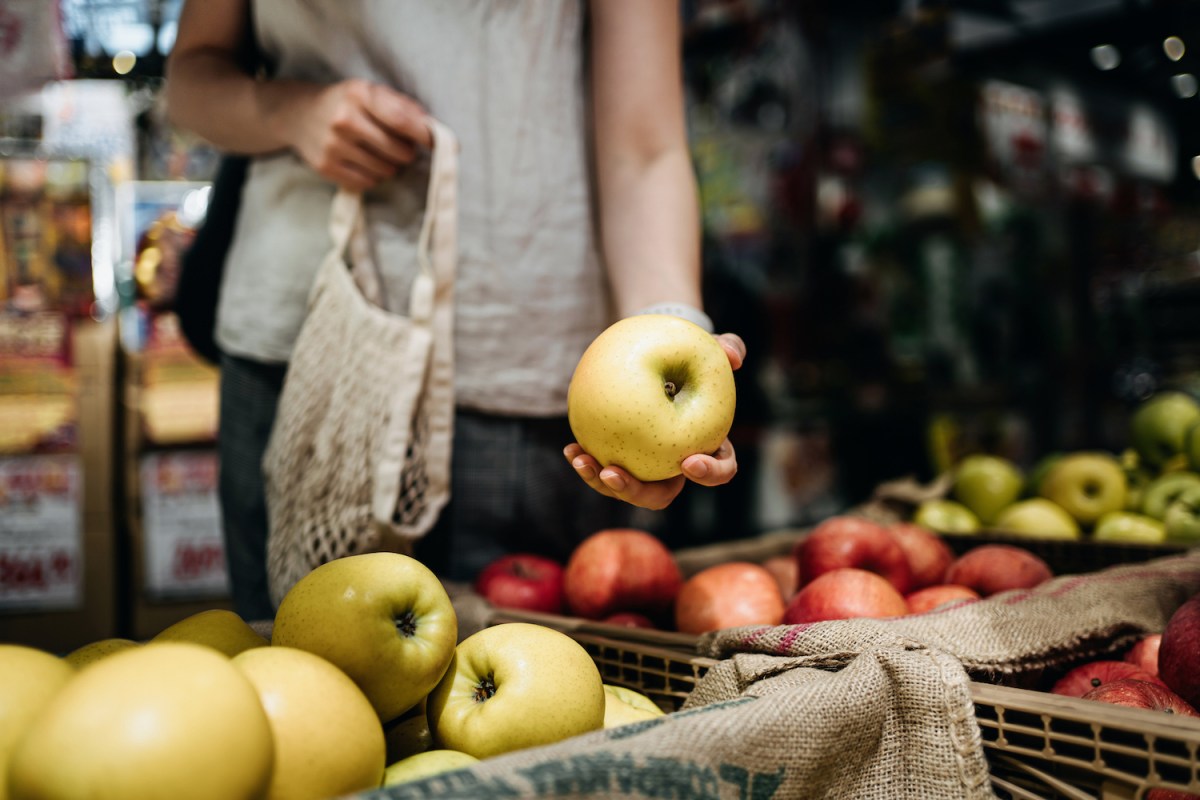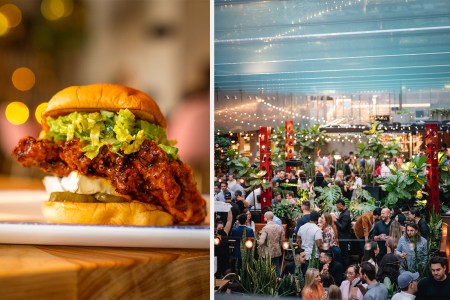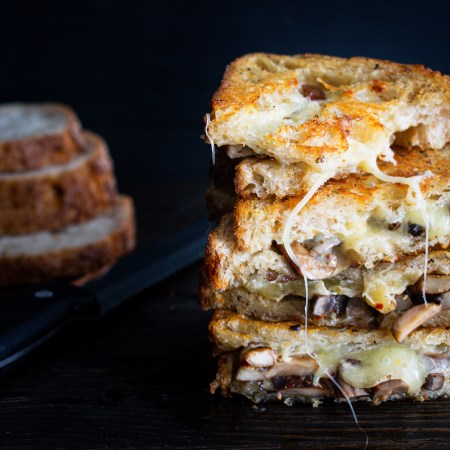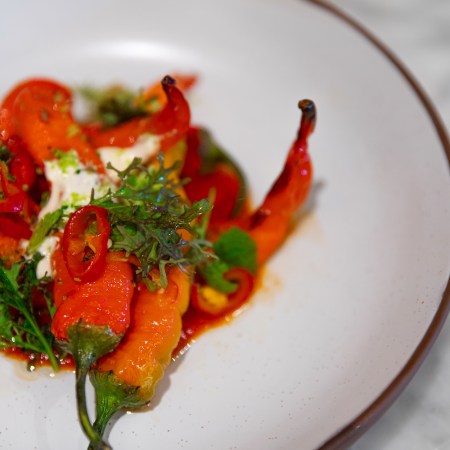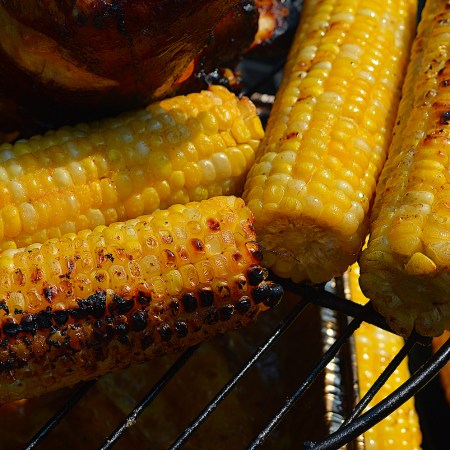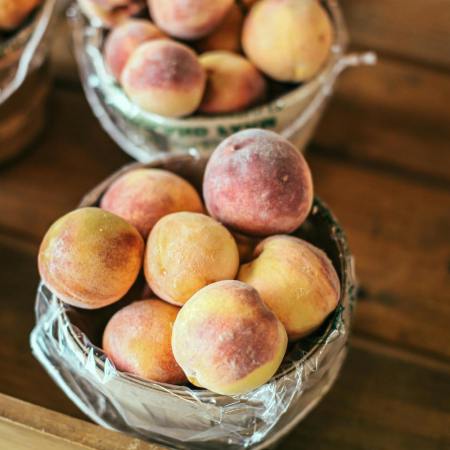Quick question: Have you recently been to the grocery store, glanced at the price of something, and internally screamed, “it costs how much now?!” If you answered yes, you’re certainly not alone because food costs are at an all-time high and show no sign of slowing anytime soon. In fact, according to a recent USDA report, food prices are, on average, 11.4% higher than in August 2021, and items like poultry, beef, and produce are only predicted to get more expensive. While inflation is no doubt a catalyst to this increase, there are some behind-the-scenes drivers to these unprecedented jumps.
Why are food prices so high?
As you can glean from the above, farmed goods were subject to the greatest price hike during the past year. The culprit is anhydrous ammonia, a key ingredient in commercial farming fertilizer, which has doubled in price. The trickle-down effect from this increase is massive, as nearly every farmed food uses anhydrous in some way. This drastic jump can be attributed to two main factors. First, the global supply chain disruption caused by both the pandemic and the conflict in Ukraine strained the supply of nitrogen, a main ingredient used to make the chemical. In addition, demand for the fertilizer ingredient is at a five-year high for various reasons, including a rise in at-home cooking since 2020. Recalling high school economics, when supply is low and demand is high, prices will skyrocket.
To add insult to culinary injury, foods that are further processed are doubly affected. The cost of energy, including natural gas, is the highest it has been in a decade. So ingredients like oils — which need to be farmed, transported, processed and packaged — are affected during every step from the farm to our tables. Furthermore, packaged goods, which require everything mentioned and more, have experienced a combination of higher prices and shrinkflation (reducing package size while maintaining prices). In short, it is a bad time to love corn chips.
A Consistently Underrated Food City Awaits Just Over the Canadian Border
Our correspondent shares what he ate on a recent eye-opening, five-day exploration of MontrealUnfortunately, it doesn’t look like food costs will decrease anytime soon. From the same USDA report, prices are predicted to level off by the end of 2022, with modest 2-3% inflationary rises estimated in 2023, on par with historical annual averages. On the brighter side, natural gas futures do project to lower in 2023-2024, which will provide some relief, especially on processed and packaged goods. So, while the massive price jumps should be about over, don’t expect costs to be appreciably lower within the next year.
Tips for saving at the grocery store
There are, however, a few tricks to help combat high food prices. First, sign up for the loyalty program at your local grocery store. Most of them are free to join, and you can benefit from member discounts just by scanning a card or typing in your phone number. Next, try to buy produce that’s local and in season. Grocery stores charge more for out-of-season produce because it’s not readily available. Plus, that ripe summer strawberry is going to taste way better than the sour version you might find in the dead of winter. Finally, don’t buy prepared foods that you can easily make. For example, chopping your own fruits and veggies instead of purchasing them precut will save you a few dollars, as grocery stores often charge a premium for convenience.
You can even try your hand at making some pre-packaged favorites, which can be healthier and more economical. This delicious hummus recipe uses simple ingredients, some of which you likely already have in your pantry. Shifting some of the labor to the home can help make up for the inflated prices, and you’ll have better tasting food as an added bonus.
Garlic Hummus
Total Time: 20 minutes
Servings: 8 servings
Ingredients
- 45 oz. chickpeas (about 3 cans), rinsed and drained
- 2 garlic cloves, peeled
- 1/2 cup tahini
- Juice of 1 lemon
- 1/4 tsp. salt
- 1/4 cup olive oil
- 3 Tbsp. cold water
Directions
-
-
Place garlic into the bowl of a large food processor. Pulse a few times to mince.
-
Once the garlic is minced, add the chickpeas, tahini, lemon juice and salt. Pulse for 1 minute to combine.
-
Scrape down the sides of the bowl. Turn the food processor on the lowest setting, and slowly drizzle in the olive oil, followed by the water. Chill or serve immediately.
-
Join America's Fastest Growing Spirits Newsletter THE SPILL. Unlock all the reviews, recipes and revelry — and get 15% off award-winning La Tierra de Acre Mezcal.
